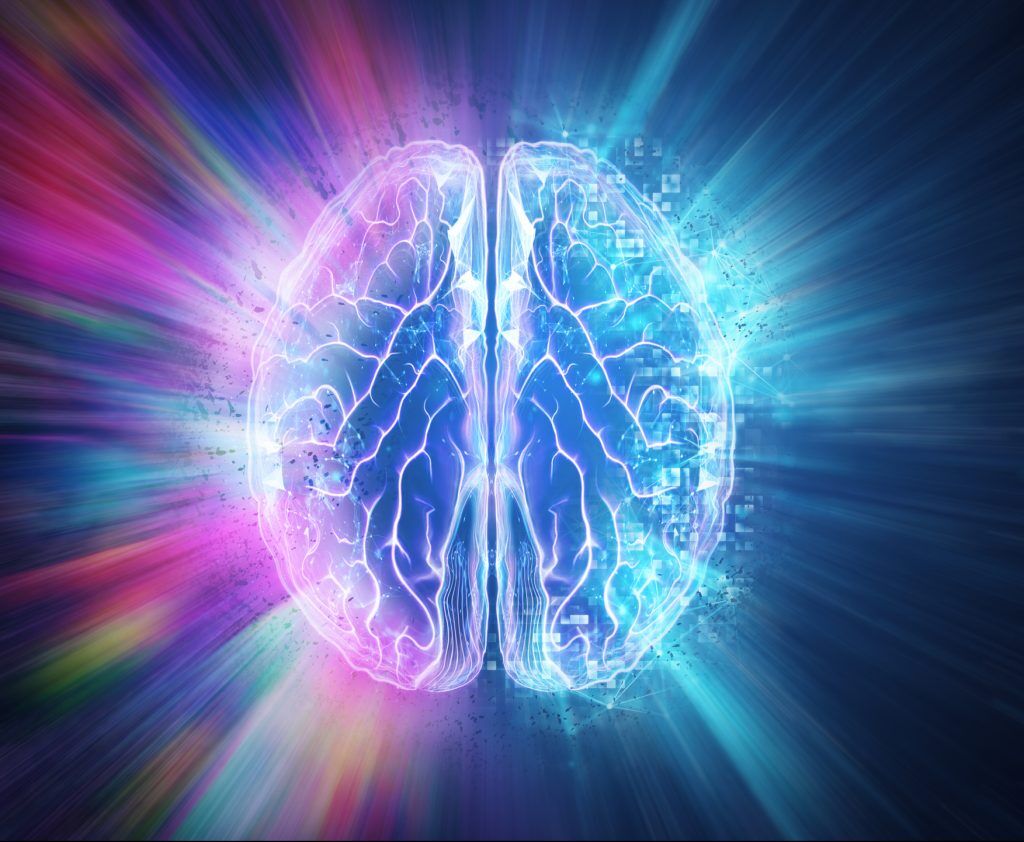Creating Content Using Schema and Search Snippet properties defined by Google for SEO.

MeRT therapy, which stands for Magnetic e-Resonance Therapy, is a relatively new approach to neuromodulation that involves the use of synchronized magnetic fields to stimulate specific areas of the brain. MeRT therapy is often used as a treatment for various neurological and neuropsychiatric conditions, including depression, anxiety, PTSD, traumatic brain injury (TBI), and attention deficit hyperactivity disorder (ADHD).
As with any medical treatment, the efficacy of MeRT therapy can vary depending on individual factors such as the specific condition being treated, the severity of symptoms, and the patient’s overall health status. While some patients may experience significant improvement in their symptoms following MeRT therapy, others may not respond as well or may require additional treatments to achieve desired outcomes.
Research on MeRT therapy is still relatively limited, and more large-scale clinical studies are needed to fully understand its effectiveness and optimal use for different conditions. Additionally, it’s essential for patients considering MeRT therapy to consult with qualified healthcare providers and carefully weigh the potential benefits and risks based on their individual circumstances.
Proof of Unique Content

Proof of Non-AI Content





